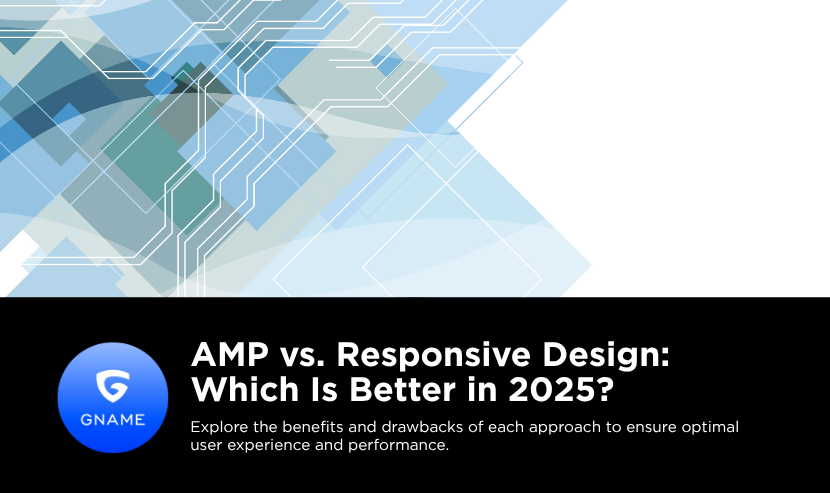In today’s fast-moving world of web design, one thing is certain: users expect speed and great experiences—no matter what device they’re using. Two big players that help meet those expectations are Accelerated Mobile Pages (AMP) and Responsive Design. Both have their place in modern development, but which one truly stands out as we look ahead to 2025?
Let’s explore what makes each approach tick, what their strengths and limitations are, and how to choose the right one for your website.

Understanding the Basics
What Is AMP?
AMP is an open-source framework from Google that focuses on speed, especially for mobile users. It simplifies page structure using lightweight HTML, restricts JavaScript, and relies on a CDN to serve content quickly. The result? Blazing-fast load times, even on slow connections.
What Is Responsive Design?
Responsive design is a flexible design approach that ensures your website looks and functions well on all screen sizes. Whether it’s a phone, tablet, or desktop, your layout adjusts automatically. It’s all about fluid grids, flexible media, and CSS media queries—designed to prioritize user experience across every device.
Performance: Speed vs. Flexibility
AMP is purpose-built for speed. Pages load in the blink of an eye, which can significantly reduce bounce rates. Google also tends to highlight AMP pages in its results, giving them a visibility boost—especially for news or time-sensitive content.
Responsive design, while extremely versatile, isn’t always as fast—especially if the site includes heavy content, large images, or inefficient code. However, with smart performance optimization, responsive websites can absolutely hold their own in speed tests.
SEO and Visibility
AMP has had some SEO perks—faster pages, featured placement in Google’s Top Stories, and built-in support for rich snippets. This has made it a popular choice for publishers and bloggers.
That said, responsive design isn’t far behind. Google’s shift to mobile-first indexing means it now evaluates the mobile version of your site as the primary version for ranking. A well-optimized responsive site can compete effectively, especially when it’s fast and mobile-friendly.
User Experience: Streamlined vs. Full-Featured
AMP provides a clean, no-frills experience. That’s great for users who want quick answers or simple content. It strips away distractions, loads instantly, and gets to the point.
Responsive design, meanwhile, offers more freedom in layout and interactivity. If your site relies on features like dynamic navigation, custom animations, or multimedia experiences, responsive design gives you the space to do more. It’s ideal for brands that want to deliver a consistent, immersive experience across devices.
So... Which Should You Choose?
There’s no one-size-fits-all answer — and that’s a good thing.
- If speed is your #1 priority (like in news sites, blogs, or landing pages), AMP can deliver lightning-fast performance with minimal friction.
- If you’re building a brand experience with interactive features, storytelling, or e-commerce, responsive design gives you the flexibility and creative freedom you need.
And here's the truth: you don’t always have to choose one over the other. Many websites today use AMP for specific pages (like blog articles or product details) and rely on responsive design for the rest. The key is understanding your users, your goals, and how each approach can support your strategy.
Looking Ahead: Build for the Web That Keeps Evolving
As 2025 approaches, the lines between AMP and responsive design are continuing to blur. Web standards are evolving. Browsers are faster. Mobile devices are more powerful. And user expectations are higher than ever.
What matters most is this: keep your website fast, accessible, and user-focused. Whether you lean toward AMP, responsive design, or a smart mix of both, the best solution is the one that delivers real value to your audience — now and into the future.
So keep learning, keep testing, and keep building for what’s next.























